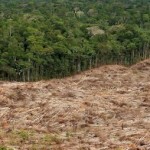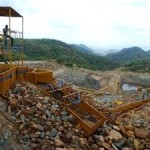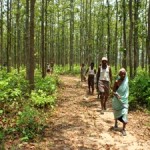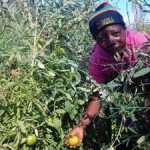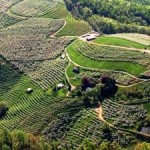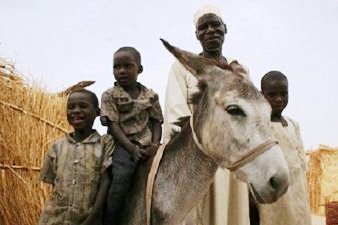
In a report released on April 29, titled “We No Longer Share the Land”, based on research in the Kebkabiya area of North Darfur, Oxfam describes how changes in agricultural policies combined with growing constraints on land driven by climate change, acquisitions by foreign investors and other factors, are contributing to the conflict in Darfur.
Population growth, climate change, drought, and the declining effectiveness of land dispute resolution systems have become stressors on the agricultural and agro-pastoral systems in Darfur, which are leading to increased ethnic strife.
“Land is a source of livelihood and means a path to a decent life for the majority of people in Darfur,” says Marc Cohen, senior researcher at Oxfam America. “When marginalized ethnic groups are denied access to land, and the systems for sorting out conflict are convoluted, it becomes a full fight for survival.”
A Fight for Resources
The recent discovery of gold in the Jebel Amir area in North Darfur has resulted in tribal militias fighting over control of mines. Sudan’s political and economic elites have sought to define and enforce the rules of access to ensure their control over rural resources, including land, crops, livestock, and oil, and more recently, gold.
Traditionally, the right to use land in Darfur has been non-exclusive with various overlapping rights, and non-permanent land use has been the norm. In effect, farmers and pastoralists from different tribes and ethnic groups shared the land, to their mutual benefit. However, state governing laws endorse exclusive individual control, inheritance-based acquisition rights, and market mechanisms.
The emerging system of land allocation is pitting ethnic and tribal groups that once cooperated peacefully against one another.
Traditional practice in Darfur terminated access to land after three years of non-use, but under current law, migrants and absent cultivators retain rights indefinitely, even if not using the land productively. After more than 10 years of war, Darfur’s population is much more urban than in the past, and many displaced Darfuris can no longer return to their ancestral villages.
Furthermore, the country’s current foreign investment legislation imposes weak regulations on land acquisitions by foreign investors.
Balancing Land Rights
To help reduce conflict, Oxfam recommends that academic and policy researchers should design local interventions which draw upon the historical interdependence of tribes in Darfur under the traditional land ownership system and its relevance to the existing conflict.

“Land rights are critical to resolving much of the tension in Darfur,” adds Cohen. “Laws that govern the land must take into account the rights of local communities, ensure transparency, balance the interests of farmers and herders, and have clear mechanisms for resolving disputes over tenure rights.”
In particular, Oxfam urges governments, companies and international donors to support the implementation of the United Nations Food and Agriculture Organization’s Voluntary Guidelines on the Responsible Governance of Tenure of Land, Forest, and Fisheries, which would help bring land policy in line with community rights and recognize the importance of gender equality, thus minimizing the conflict over land in Darfur.
The Darfur region of Sudan has been volatile over the past 30 years, escalating into open rebellion in 2003. As of December 2013, the fighting has left 3.5 million Darfuris in need of humanitarian assistance, including 2 million internally displaced persons (IDPs). Intensified conflict in 2013 had added 300,000 people to the IDP ranks. Since the beginning of this year, OCHA (Office for the Coordination of Humanitarian Affairs) reported more than 200,000 displaced people.
Check the following link to read/download the Full Report:
http://www.oxfam.org/en/policy/darfur-we-no-longer-share-land
Source: Oxfam.

